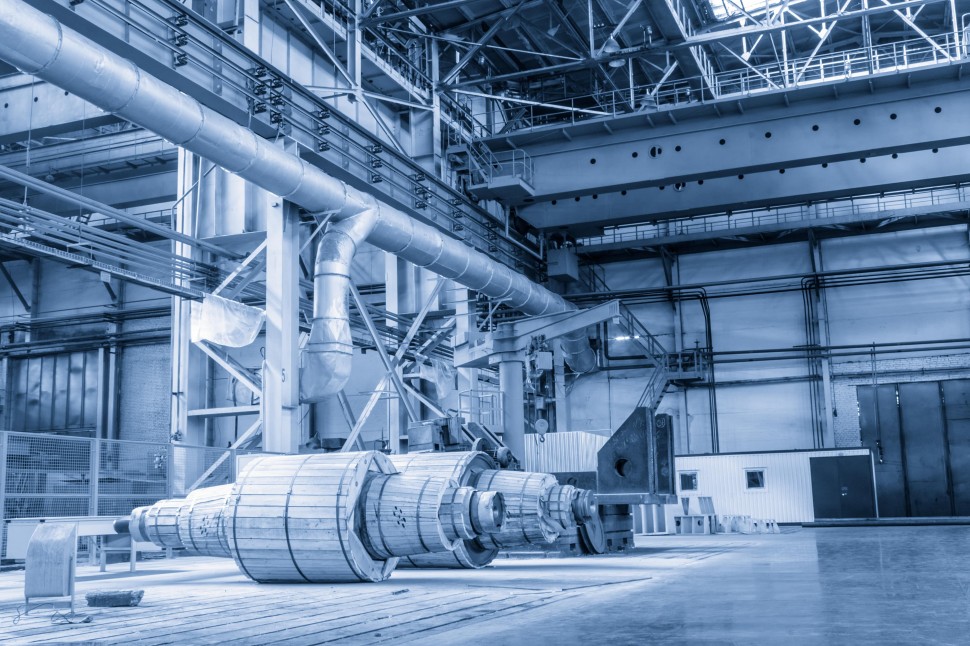The determination
Since the early 1960’s Brushless DC motors have grown in popularity due to the increased efficiency and a much lower susceptibility to wear and tear. Spindle drives, industrial pumps, and fans utilize the Brushless DC Motors the most as they work quite well in an automated setting. As factories transition towards full automation the Brushed DC motors become less relevant. Electric energy converts into mechanical energy for the operation of a DC or Direct Current motor to work. The other primary type of motor would be the AC or alternating current. The makeup of a DC motor consists of a stator, armature, rotor and a commutator with brushes.
Servo Motor Breakdown
- DC motor
- Gear reduction unit
- Position-sensing device
- Control circuit
DC Motors
A DC motor functions when the opposite polarity between the two magnetic fields inside the motor cause it to turn. Brushed DC motors came into existence in the late 1800’s with the ability to develop a maximum torque when in stationary mode. The downside is when operation speed increases and the amount of torque decreases. The operation of a DC motor is susceptible to a high degree of wear and tear due to its rough operation mode. The HandyBoard.com breaks down how a Servo Motor operates:
The function of the servo is to receive a control signal that represents a desired output position of the servo shaft, and apply power to its DC motor until its shaft turns to that position. It uses the position-sensing device to determine the rotational position of the shaft, so it knows which way the motor must turn to move the shaft to the commanded position. The shaft typically does not rotate freely round and round like a DC motor, but rather can only turn 200 degrees or so back and forth.

How they differ
The main difference between the two motors lies with the application of use. Servo Motors operate within applications such as CNC machinery or robotics, automated manufacturing equipment or industrial robotics. DC Motors, on the other hand, are found within motion control, positioning or actuation industrial systems. ICR specializes in repairing industrial motors, especially DC and servo motors. ICR separates itself from the competition by offering both repair and refurbishment services for industrial motors. Whether the job calls for a basic level of repair or our evaluation process turns up larger, more complex issues. Our repair process includes steps derived from a root-cause analysis basis, which is a best practice among industry leaders. Root-cause analysis is a process that properly analyzes the failure of a difficult or recurring theme. When in need of industrial motor repair, let ICR handle the task. Request a quote or phone us at 586-582-1500.







